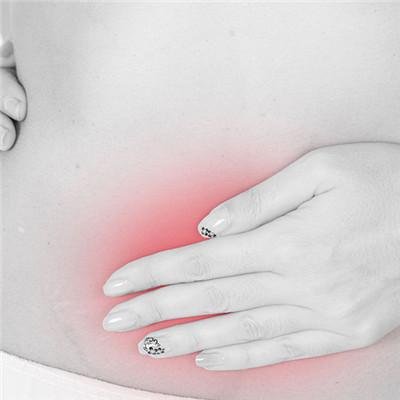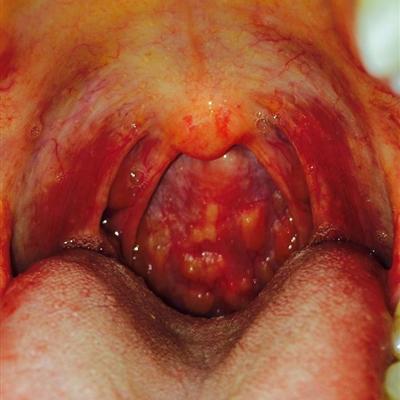How to correct left occipital transverse position?
summary
Fetal position refers to the relationship between the position of fetal presentation and the pelvic anterior, posterior, left and right of the puerpera, referred to as fetal position. The pelvis of puerpera can be divided into six parts: left anterior, right anterior, left posterior, right posterior, left transverse and right transverse. The normal fetal position is that the head of the fetus is bent, and the occipital bone (the posterior part of the skull) is in front of the pelvis of the puerpera, presenting a posture of "head down and hip up". How to correct left occipital transverse position? Let's talk about it
How to correct left occipital transverse position?
Because the fetus can turn freely when immersed in amniotic fluid, the fetal head position is basically fixed after 30 weeks of pregnancy. After 36 weeks of gestation, the fetus enters the pelvis. At this time, the head of the fetus with normal fetal position will bend, and the head will first extend into the pelvis of the puerpera. Although the head of some fetuses is downward, the occipital part is still located on the side of the pelvis of the puerpera, and enters the pelvis in occipital transverse position, which is called occipital transverse position. The incidence of left occipital transverse position was higher than that of right occipital transverse position.

When parturient woman is in formal labor, most fetuses in occipital transverse position can turn forward 90 degrees under strong uterine contraction ° Or 135 °, That is to say, the normal fetal position can be changed, and the parturient can give birth naturally. Only 5% ~ 10% of the fetal occipital bone can not turn forward continuously until the late stage of delivery, which is still located in the rear or side of the maternal pelvis, leading to the difficulty of delivery. It is called persistent occipital transverse position, which is a manifestation of fetal orientation.

The incidence of persistent occipital transverse position is the highest in the midline of fetal position, which mostly occurs in the pregnant women with abnormal pelvic shape and size, and fetal head too large. Occipital transverse position can be diagnosed by vaginal examination and B-ultrasound.

matters needing attention
Both the left occipital transverse position and the right occipital transverse position are equivalent to increasing obstacles to the limited delivery channel of the puerpera, which is also one of the causes of dystocia. Clinical often use oxytocin, forceps, cesarean section and other methods to help maternal childbirth, reduce the incidence of dystocia, so the incidence of dystocia is light fetal position is not correct.

















